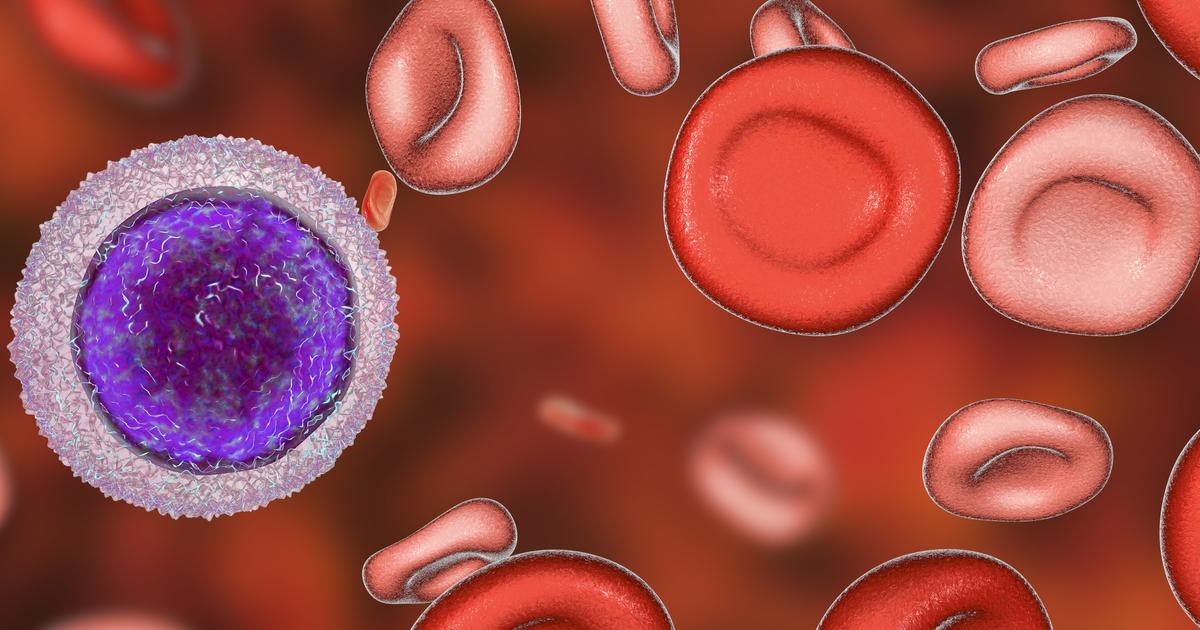What Causes Koilonychia?
Koilonychia or spoon nails is a deformity of an individual's nails that causes them to take on the appearance of a concave and spoon-like shape. Koilonychia begins as nails that are flat on the surface and not rounded. This deformity is typically first noticed in an individual's fingernails rather than in their toenails. The nails become increasingly soft, and the indentation that develops in the middle is typically big enough to hold a bead of liquid. Koilonychia is more common in infants where it resolves on its own, but it can be indicative of a serious medical condition when it occurs in adults. The treatment for this nail dystrophy is dependent upon its underlying cause. If the condition is caused by genetic factors, it may not be able to be prevented. However, cases where an individual's koilonychia is caused by environmental and nutritional factors, it can typically be prevented or treated.
Get the details on what causes koilonychia now.
Iron Deficiency

The most prevalent cause of koilonychia is a deficiency of iron in an affected individual's body. Iron deficiency occurs most commonly in children and childbearing-aged women. Any of numerous medical issues can cause an individual to develop an iron deficiency. This condition can be the result of an insufficient amount of iron in an individual's diet. A patient may not be able to properly absorb a sufficient amount of iron from the food they consume. Individuals who live in a region plagued with malnutrition and famine also develop iron deficiency easily. Any individual who experiences a bleed in their intestine may develop a deficiency in iron. Patients affected by and being treated for numerous types of cancer also tend to develop iron deficiency anemia. The exact mechanism of which a lack of iron causes the development of koilonychia is not clear, but it is known to be associated with iron deprivation to iron-containing enzymes in the patient's epithelial cells.
Continue for more details on the causes of koilonychia now.